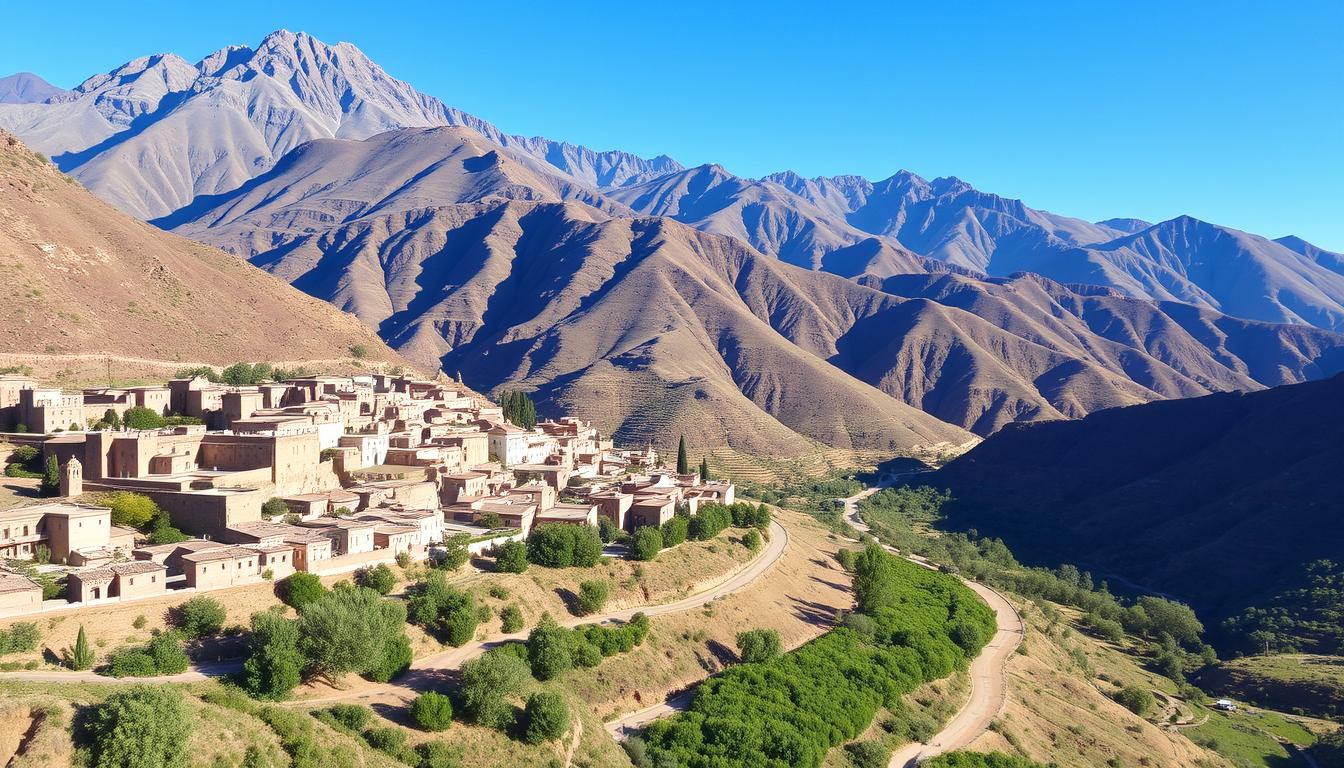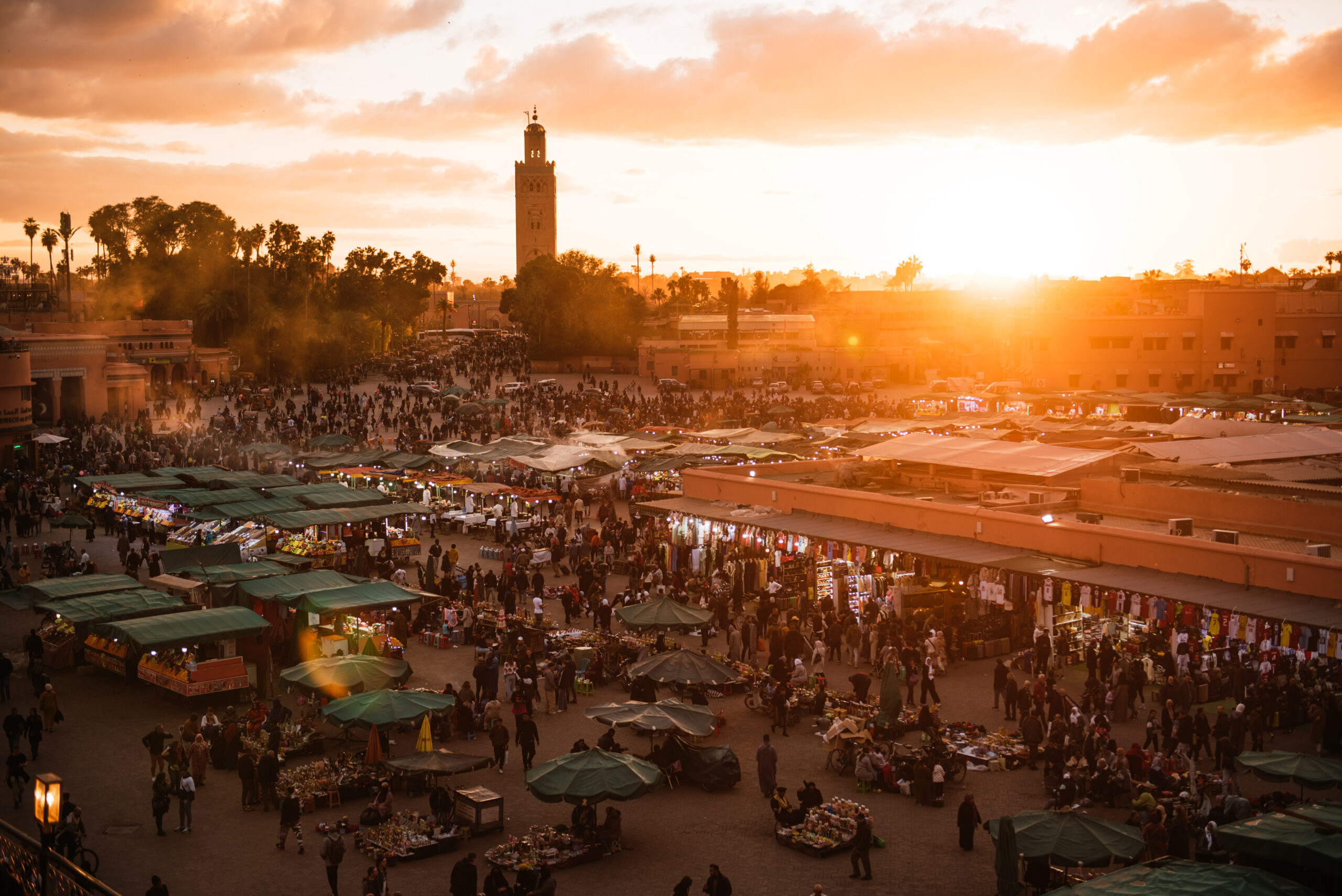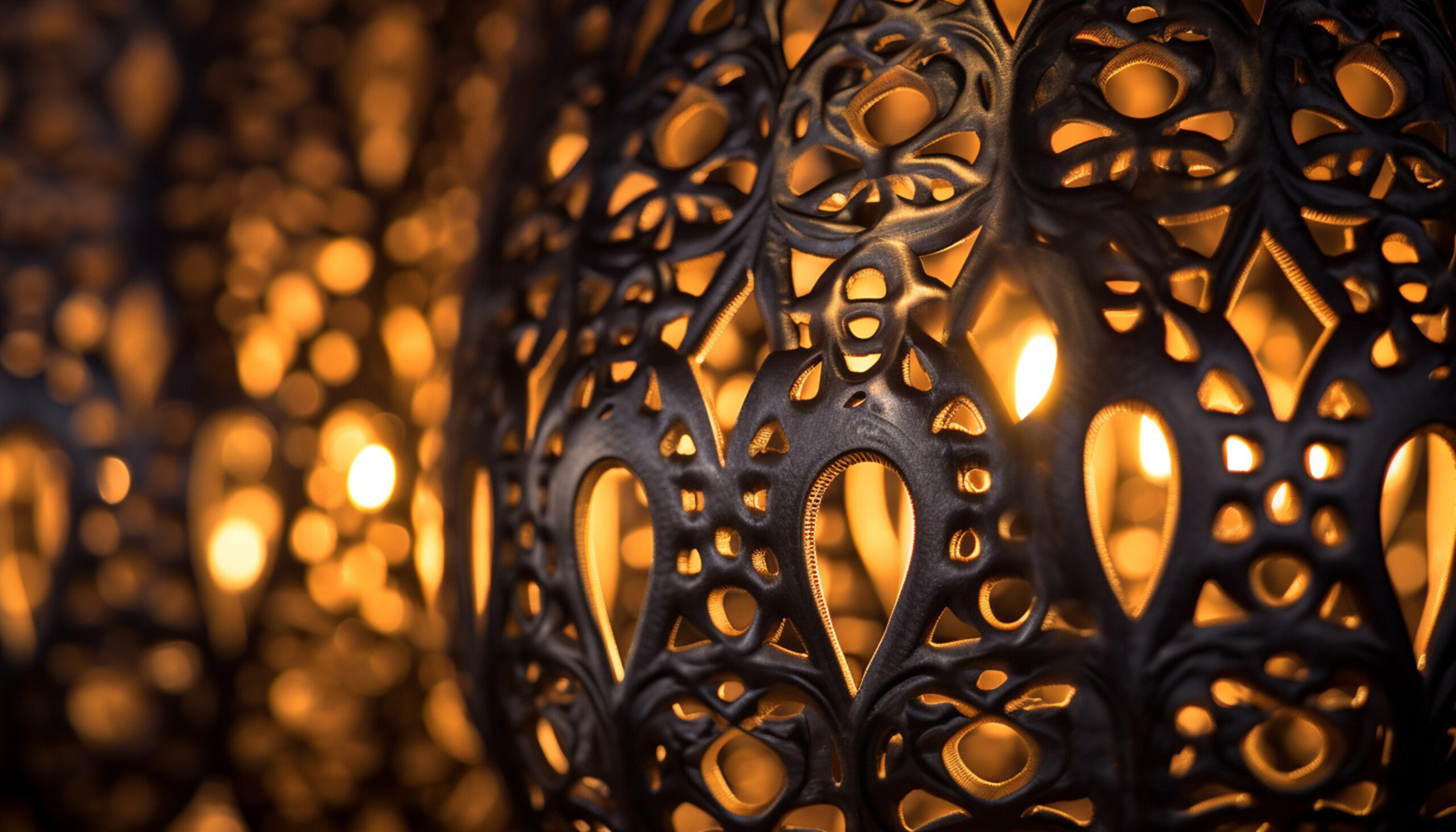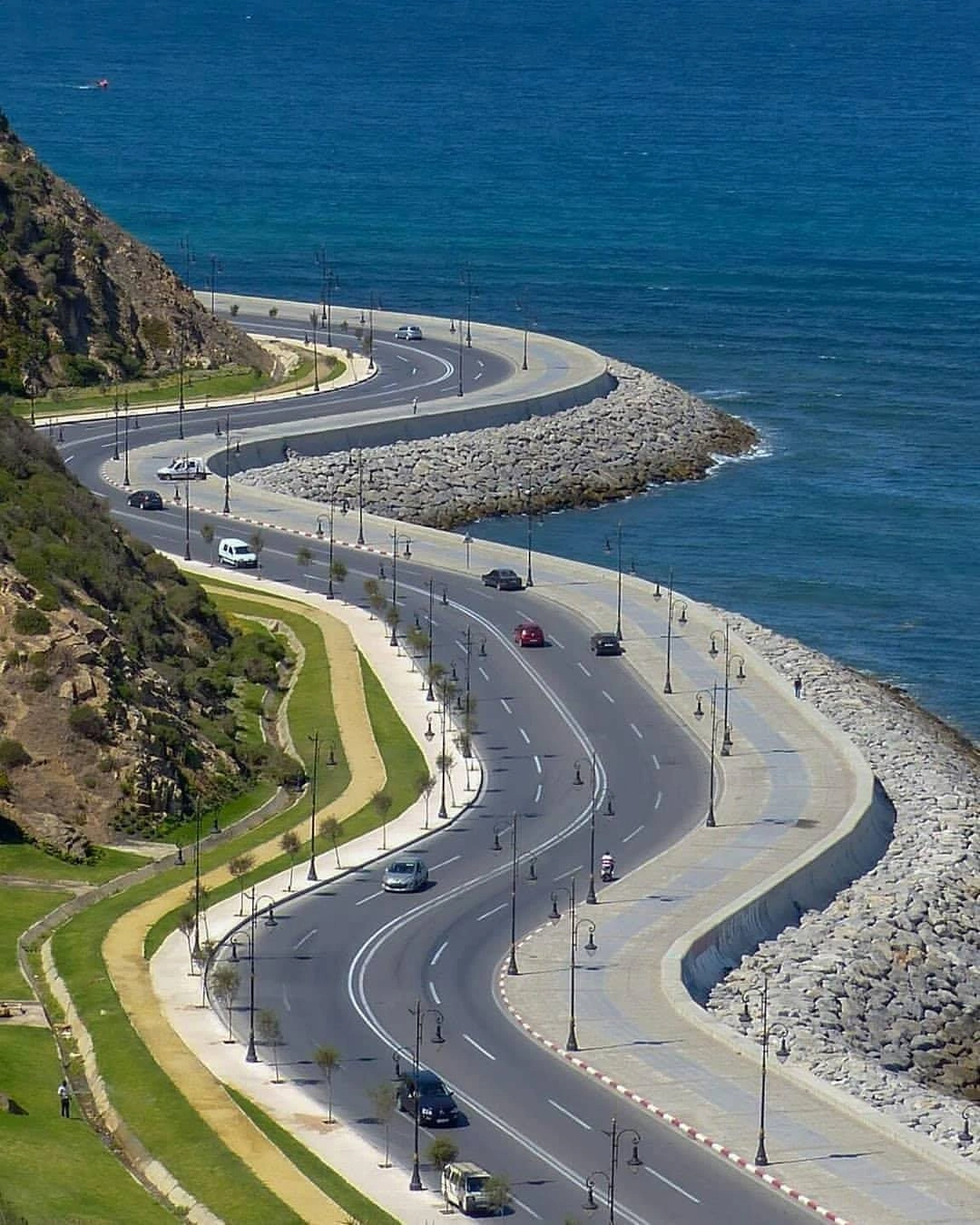Imagine stepping into a world where ancient traditions meet modern life. Every conversation with Berber people from Morocco here tells a story of resilience and beauty. Morocco is more than a place—it’s a living tapestry of cultural experiences waiting to be explored.
The people from Morocco, like the Berber communities, offer a deep look into a fascinating cultural landscape. When you explore Moroccan culture, you’re not just visiting a country. You’re starting a journey through centuries of rich heritage.
Here, The Berber people from Morocco, native to North Africa, have kept their traditions alive despite many challenges. Their stories of survival, creativity, and deep connection to the land will amaze you. Your adventure into understanding the authentic experiences of Morocco begins here. It’s a gateway to the soul of a remarkable civilization that inspires and intrigues travelers worldwide.
Key Takeaways
- Discover the profound cultural depth of Berber communities
- Understand the unique heritage of people from Morocco
- Explore a living cultural landscape beyond typical tourist experiences
- Learn about the resilience and traditions of Berber societies
- Prepare for an immersive journey into Moroccan culture
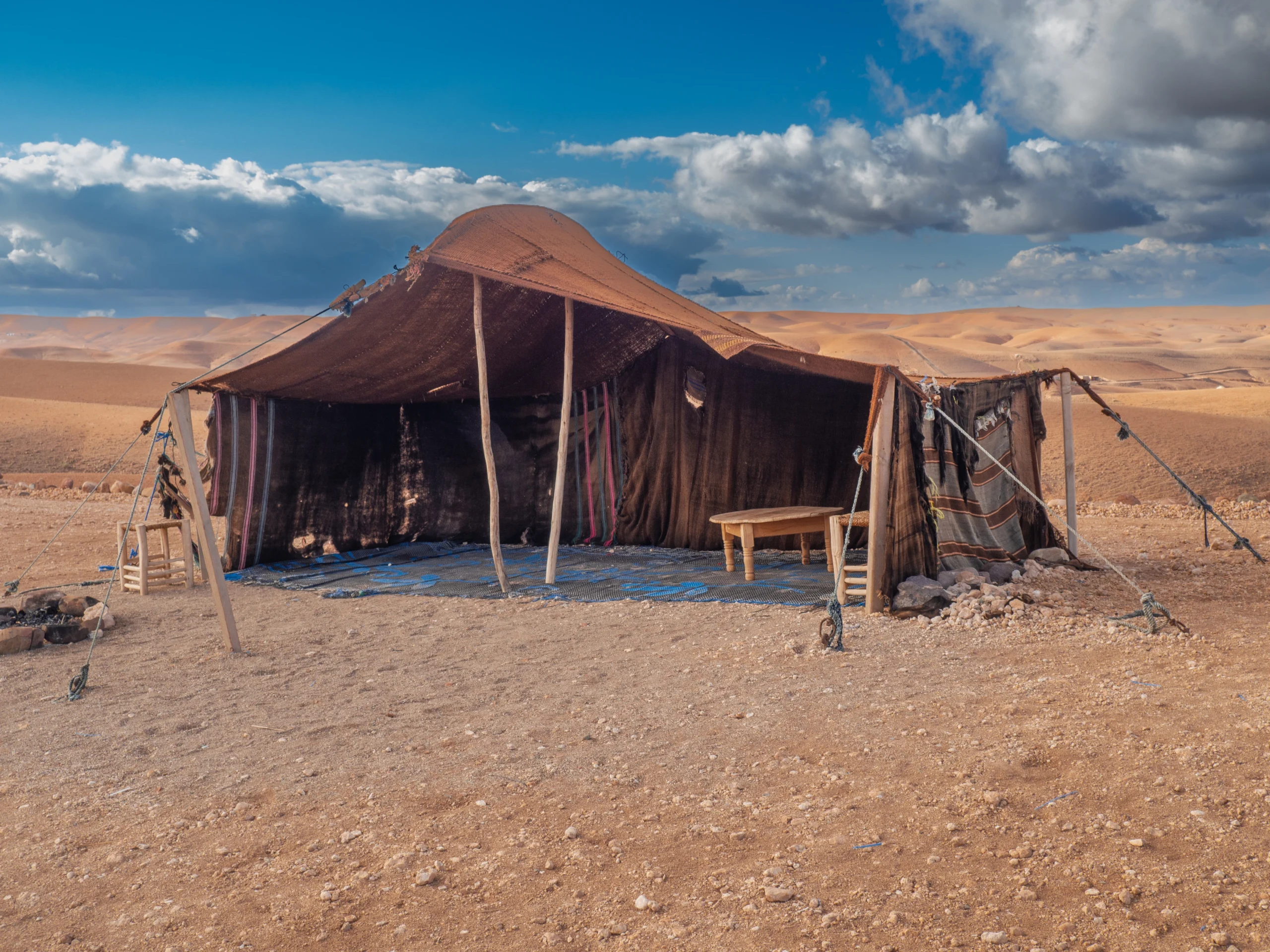
Introduction to Moroccan Culture –
Morocco is a vibrant mix of cultures. Morocco is home to diverse ethnic groups, including the Berbers, Arabs, and Sahrawis. It is a land where traditions blend seamlessly, shaped by centuries of interactions. customs are passed down through generations. Here, the Berber people preserve their unique language, crafts, and way of life. Here, hospitality is more than a practice—it’s a way of being.
To understand Moroccan ethnicity, we must look at the groups that make up the country. At the center of this, the Berber people are key to Morocco’s identity.
Overview of Morocco’s Ethnic Diversity
Morocco’s people come from various ethnic groups. Each group adds its own flavor to the culture:
- Berbers (Amazigh): Indigenous inhabitants of North Africa
- Arabs: Descendants of medieval Arabian migrations
- Sub-Saharan African communities
- European and Mediterranean descendants
Importance of Berber Heritage
Berber culture is vital to Moroccan traditions. They keep alive ancient languages, customs, and ways of life. Their impact goes beyond their region, shaping the nation’s identity through:
- Linguistic contributions
- Artistic expressions
- Traditional craftsmanship
- Social organizational models
“The Berbers are not just a part of Morocco—they are the foundation of its cultural soul.” – Cultural Anthropologist Dr. Ahmed Hassan
| Ethnic Group | Population Percentage | Key Cultural Contributions |
|---|---|---|
| Berbers | 40-60% | Language, Arts, Traditional Practices |
| Arabs | 30-50% | Religious Influence, Language |
| Sub-Saharan Africans | 5-10% | Musical Traditions, Cultural Exchange |
The mix of these groups makes Morocco’s culture rich and complex. It keeps evolving while staying connected to its history.
Historical Background of the Berber People
Looking into the history of the Berber people Morocco is a captivating journey. They are the original inhabitants of North Africa, with a history that goes back thousands of years. Their story is one of strength, change, and keeping their culture alive.
The Berber people’s roots go back to ancient times. Archaeology shows they’ve been in North Africa for over 10,000 years. Their history includes many important periods:
- Prehistoric settlements across North African landscapes
- Interactions with Phoenician and Roman civilizations
- Resistance against various invasions
- Preservation of unique cultural identity
Ancient Origins and Migration Patterns – People from Morocco
Berber tribes lived in many places, from Morocco’s mountains to the Sahara Desert. Their nomadic way of life helped them survive and connect deeply with the land. Moroccan ancestry shows a complex web of tribes with their own languages and customs.
“We are the indigenous people of North Africa, guardians of an ancient and unbroken cultural legacy.” – Berber Cultural Historian
Pivotal Historical Events
Several key moments shaped the Berber story:
- Arab conquest in the 7th century
- French and Spanish colonial periods
- Moroccan independence movement
- Modern cultural renaissance
These events tested but also made the Berber identity stronger. They show how the Berbers kept their culture alive through many challenges.
Traditions and Customs of Berber Culture
Moroccan traditions are deeply rooted in Berber communities. They show a vibrant cultural tapestry that has lasted for centuries. The rich heritage of these indigenous people includes fascinating festivals, unique clothing, and time-honored customs.
Colorful Festivals Celebrating Life and Community
Berber celebrations unite communities in spectacular displays of unity and joy. Their festivals mark important moments in the agricultural and social calendar. Each festival has deep cultural significance.
- Imilchil Marriage Festival: A unique event where young Berbers find partners
- Almond Blossom Festival in Tafraoute: Celebrates spring’s arrival with music and dance
- Harvest celebrations that honor agricultural achievements
Traditional Berber Clothing: A Visual Language of Identity
Moroccan traditions are beautifully expressed through Berber clothing. Each garment tells a story of regional identity, craftsmanship, and cultural pride.
| Clothing Item | Significance | Regional Variation |
|---|---|---|
| Burnous | Traditional wool cloak | White in coastal regions, darker in mountain areas |
| Tagelmust | Protective head covering | Tuareg desert regions |
| Handira | Decorative wedding blanket | High Atlas Mountain communities |
“Our clothing is more than fabric – it’s a living history of our people.” – Berber Elder
These moroccan traditions reflect a culture deeply connected to its roots. They celebrate identity through clothing, festivals, and communal experiences that have survived generations.
The Languages Spoken in Berber Communities
Language is key to keeping moroccan identity alive in Berber communities. Morocco’s languages show its rich cultural heritage. This heritage comes from its indigenous people.
Tamazight is the main language of Berber communities. It connects them to their ancestors. This language has many dialects, spoken in different parts of Morocco.
Overview of Berber Linguistic Diversity
There are several important languages in Berber communities:
- Tamazight (primary Berber language)
- Arabic (official national language)
- French (used in education and business)
- Regional dialect variations
Language Preservation Efforts
*”Language is the road map of a culture. It tells you where its people come from and where they are going.”* – Rita Mae Brown
Keeping Berber languages alive is vital for moroccan identity. Recent efforts include:
- Recognizing Tamazight as an official language
- Starting educational programs to learn these languages
- Documenting cultural traditions through language
| Language | Speakers | Regional Prevalence |
|---|---|---|
| Tamazight | 40-60% of population | Atlas Mountains, Rural Regions |
| Arabic | 90% of population | Nationwide |
| French | 33% of population | Urban Centers |
Learning these languages helps us understand Berber communities’ rich culture. It shows their strong moroccan identity.
Traditional Berber Cuisine
Moroccan culture shines through its rich culinary traditions. Berber cuisine is a journey into North African flavors, showing centuries of heritage and local ingredients.
The Berber kitchen is filled with cooking techniques passed down for generations. Exploring Moroccan culture, you’ll discover a world of unique flavors and ingredients.
Popular Dishes and Ingredients
Berber cuisine has several signature dishes:
- Tagine: A slow-cooked stew in a clay pot
- Couscous with meat and vegetables
- Bread from local grains like barley and wheat
- Dried fruits and nuts are key ingredients
Culinary Practices in Berber Households
Traditional Berber cooking is all about sharing. Meals are more than food; they’re about social bonds and cultural identity.
“Food is our common ground, a universal experience.” – James Beard
| Dish | Primary Ingredients | Cooking Method |
|---|---|---|
| Tagine | Lamb, vegetables, spices | Slow cooking in clay pot |
| Couscous | Semolina, meat, vegetables | Steamed preparation |
| Harira | Lentils, chickpeas, tomatoes | Soup-based cooking |
Exploring Berber cuisine opens a window into Moroccan culture. It shows how food brings people together, keeps traditions alive, and shares stories of the past.
The Role of Music and Dance in Berber Culture
Berber music and dance are key parts of moroccan traditions. They mix centuries of stories and community ties. These art forms let Berber people share their history, feelings, and social bonds.
Music is vital in moroccan traditions. Unique instruments show the heart of Berber culture. The sounds take listeners into a world of deep musical heritage.
Traditional Music Instruments
- Bendir: A traditional frame drum with complex sound patterns
- Gimbri: A three-stringed lute that shows deep musical roots
- Wooden flutes used for storytelling and ceremonial performances
“Music is the heartbeat of our culture, connecting generations through sound and rhythm.” – Berber Musical Elder
Significance of Dance in Celebrations
Berber dance is more than just movement. It shows spiritual and social sides of moroccan traditions. Each dance tells a story, from weddings to harvest festivals, showing the community’s spirit.
- Rhythmic group dances symbolizing unity
- Circular movement patterns representing life cycles
- Intricate hand and foot movements conveying complex emotions
These musical and dance traditions keep evolving. They mix old practices with new views. This keeps the lively spirit of Berber culture alive and growing.
Berber Art and Handicrafts
Dive into the vibrant world of Moroccan heritage through the exceptional artistry of Berber craftsmanship. These creations tell stories of cultural resilience, creativity, and connection to ancestral traditions.
Unique Patterns and Symbols in Berber Art
Berber art is more than just beauty. Each pattern has deep symbolic meaning. Geometric shapes, lines, and natural motifs tell stories of community, spirituality, and daily life.
- Diamond shapes represent protection
- Zigzag lines symbolize water and fertility
- Animal figures show tribal connections
Popular Handicrafts: Rugs, Jewelry, and Pottery
Berber artisans are known for their remarkable handicrafts. These pieces show their skills and cultural identity.
| Craft Type | Key Characteristics | Cultural Significance |
|---|---|---|
| Rugs | Hand-woven wool textiles | Family history and protection |
| Jewelry | Silver designs with tribal symbols | Social status and spiritual protection |
| Pottery | Clay vessels with geometric patterns | Functional art with generational techniques |
“In every Berber craft, there’s a story waiting to be discovered” – Moroccan Artisan Collective
Understanding these artistic expressions opens a window into Moroccan heritage. It shows the depth and complexity of Berber cultural traditions.
Religion and Spirituality Among Berbers
The spiritual world of Berber communities is rich and varied. It has grown over centuries through cultural exchanges. Their moroccan identity is closely tied to religious practices that mix old traditions with Islamic teachings.
Berber spiritual traditions go beyond just religious acts. They include a complex set of beliefs. These beliefs show the community’s strong bond with their ancestors and nature.
Overview of Religious Beliefs
Traditionally, Berber spiritual practices included:
- Animistic beliefs connecting humans with natural elements
- Respect for sacred sites and natural landmarks
- Preservation of ancient spiritual rituals
Influence of Islam on Berber Practices
“Islam became a fundamental part of our moroccan identity, yet we maintained our unique cultural essence.” – Berber Cultural Scholar
Islamic practices have changed Berber spiritual expressions but kept their cultural heart. This integration created a unique spiritual framework:
| Traditional Practice | Islamic Adaptation |
|---|---|
| Nature Worship | Spiritual Reverence within Islamic Framework |
| Ancestral Rituals | Incorporated into Religious Celebrations |
| Local Spiritual Leaders | Coexistence with Islamic Religious Authorities |
Understanding these spiritual dynamics gives us a glimpse into the strong moroccan identity of Berber communities. It shows their ability to adapt while keeping their cultural roots.
Contemporary Berber Lifestyle
The Berber people from Morocco in Morocco are changing fast. They mix old traditions with new challenges. As more people move away, these groups face tough social and economic issues. These changes affect how they see themselves.
Today, Berber life is a mix of city and countryside. Young people are learning to live in today’s world. Yet, they keep their old ways alive.
Urban Berber Experiences
Urban Berbers are seeing big changes. Young adults are:
- Going to college
- Using new tech
- Keeping their culture alive
- Joining the global economy
Rural Community Dynamics
Rural Berbers hold on to their traditions but also welcome new ideas. They face hard times keeping their culture and economy strong.
| Urban Characteristics | Rural Characteristics |
|---|---|
| Technology-driven | Agriculture-focused |
| Professional careers | Traditional crafts |
| Global connectivity | Local community networks |
Challenges Facing Berber Communities
The moroccan diaspora faces big challenges:
- Economic struggles
- Keeping their culture alive
- Preserving their language
- Dealing with cultural changes between generations
“Our strength lies in adapting while honoring our heritage.” – Berber Community Leader
Berber communities show great strength. They keep changing but always stay true to their roots.
Women in Berber Society
The moroccan community celebrates the strength and resilience of Berber women. They go beyond traditional roles, adding depth to culture and economy.
Berber women are key in keeping cultural heritage alive. They handle many social and economic tasks.
Roles and Responsibilities
- Maintaining traditional household practices
- Preserving indigenous language and storytelling
- Crafting intricately
- Supporting agricultural activities
Cultural and Economic Contributions
In the moroccan community, Berber women are major economic players. They make money through textiles, pottery, and crafts.
| Domain | Contribution | Impact |
|---|---|---|
| Handicrafts | Textile Weaving | Economic Empowerment |
| Agriculture | Crop Management | Food Security |
| Education | Cultural Transmission | Heritage Preservation |
“Berber women are the backbone of our community, carrying wisdom through generations.” – Berber Cultural Historian
Modern Berber women seek education and careers while keeping their roots. They show the community’s ability to adapt.
By blending tradition and innovation, Berber women are shaping their culture in amazing ways.
Berber Architecture and Living Spaces
Exploring the architectural traditions of moroccan ethnicity reveals a fascinating world. Berber communities have developed unique living spaces. These spaces reflect their deep connection to the landscape and environmental challenges.
The architectural heritage of Berber people showcases remarkable ingenuity. They create sustainable and functional living environments across diverse terrains.
Traditional Homes in Berber Communities
Berber homes use local materials and clever design. They protect inhabitants from extreme temperatures. These structures show a deep understanding of moroccan ethnicity and environmental adaptation.
- Stone and mud-brick construction
- Thick walls for thermal insulation
- Flat roofs for additional living space
- Integrated courtyards for ventilation
Notable Architectural Styles
Different regions in Morocco have unique architectural styles. These styles reflect local moroccan ethnicity and cultural practices.
| Region | Architectural Style | Key Characteristics |
|---|---|---|
| Atlas Mountains | Stone Fortress Homes | Terraced structures built into mountain slopes |
| Sahara Desert | Kasbah Architecture | Fortified clay buildings with thick walls |
| Coastal Regions | Whitewashed Dwellings | Compact homes with blue-painted details |
“Architecture is the learned game, correct and magnificent, of forms assembled in the light.” – Le Corbusier
Understanding Berber architectural styles offers insights. It shows how moroccan ethnicity shapes living spaces. It blends functionality with cultural identity.
Eco-tourism and Berber Culture
Exploring the vibrant moroccan community of people from Morocco through eco-tourism offers a unique window into the rich cultural landscape of the Berber people. As sustainable travel gains momentum, travelers can now experience authentic cultural encounters while supporting local economic development.
Eco-tourism in Berber regions represents a transformative approach to travel that goes beyond traditional tourist experiences. By engaging directly with local communities, visitors gain profound insights into traditional ways of life while contributing to sustainable development.
Impact on Local Communities
The moroccan community benefits significantly from eco-tourism through several key mechanisms:
- Economic empowerment for rural Berber villages
- Preservation of traditional cultural practices
- Enhanced environmental conservation efforts
- Creation of alternative income streams
“Eco-tourism allows us to share our heritage while protecting our environment” – Berber Community Leader
Sustainable Practices and Preservation Efforts
Sustainable tourism initiatives in Berber regions focus on:
- Community-based tourism programs
- Training local guides
- Protecting natural landscapes
- Supporting traditional crafts and skills
By prioritizing responsible travel, eco-tourism creates a meaningful connection between visitors and the moroccan community. It ensures cultural traditions remain vibrant and economically viable for future generations.
Engaging with the Berber Community: Dos and Don’ts
Connecting with Moroccan immigrants and Berber communities needs cultural sensitivity and respect. Knowing Berber traditions can make your interactions more meaningful.
When you meet Berber communities, being culturally aware is important. Moroccan immigrants like visitors who show real interest in their heritage.
Tips for Cultural Respect and Understanding
- Learn basic greetings in Tamazight, the Berber language
- Dress modestly and respectfully
- Ask permission before taking photographs
- Show genuine curiosity about Berber traditions
“Respect is the bridge that connects cultures” – Berber Cultural Proverb
Ways to Support Berber Initiatives
- Purchase authentic handicrafts directly from Berber artisans
- Participate in community-based tourism programs
- Support educational initiatives for Berber youth
- Engage with local Moroccan immigrant organizations
By showing respect and genuine interest, you can make deep connections. Moroccan immigrants often welcome those who appreciate their culture.
Remember, cultural understanding is a journey of learning and respect for both sides.
Conclusion: Embracing Morocco’s Rich Cultural Heritage
Exploring Morocco shows us a world of cultural richness beyond what tourists see. The Berber culture of people from Morocco is a deep dive into a society that has kept its traditions alive for thousands of years. It turns simple chats into deep connections.
Encouraging Cultural Awareness and Exchange
When you meet people from Morocco, be curious and respectful. Each meeting is a chance to learn about the deep Berber heritage. Cultural exchange is about understanding and building bridges, not just seeing differences.
Final Thoughts on Meeting People from Morocco
Your journey into Moroccan culture is just starting. It’s a path that needs openness, empathy, and a readiness to question your beliefs. By embracing Morocco’s diversity, you help make the world a more connected and caring place. Every cultural meeting is a chance to grow and celebrate our differences.
Remember, understanding cultures is key to personal growth and world peace. The Berber people’s strength, creativity, and traditions teach us valuable lessons. They show us how to adapt, keep our identity, and flourish in a changing world.
FAQ
Who are the Berber people?
The Berber people are an indigenous group from North Africa. They have a rich culture that spans thousands of years. They are the original people of Morocco, Algeria, Tunisia, and parts of Libya. This identity is unique and predates Arab influence in the region.
What language do Berbers speak?
Berbers mainly speak Tamazight, an ancient language. It has many dialects. Recently, Tamazight has become an official language in Morocco.
This shows the growing recognition of Berber culture and language.
What are some traditional Berber occupations?
Berbers have traditionally been farmers, shepherds, artisans, and traders. They have specialized skills based on their location. These include mountain agriculture, carpet weaving, metalwork, and trading.
How do Berbers preserve their cultural traditions?
Berbers keep their culture alive through oral traditions, music, art, and handicrafts. They also wear traditional clothing and celebrate community events.They value family and community bonds. They pass down knowledge and continue traditional crafts and rituals.
What role do women play in Berber society?
Women are key in Berber society. They maintain household traditions, create handicrafts, and work in agriculture. They also preserve cultural practices.
In many communities, they have important economic and social roles. They adapt to modern changes while keeping traditions alive.
Are Berbers predominantly Muslim?
Most Berbers are Sunni Muslims. But their religious practices mix Islamic traditions with pre-Islamic beliefs and local customs. This shows the complex religious history of the Berbers.
Where do most Berbers live today?
Berbers mainly live in Morocco, Algeria, Tunisia, and Libya. They are found in the Atlas Mountains, rural areas, and cities. Many have also moved to Europe and other parts of the world.
What are some famous Berber handicrafts?
Berber handicrafts include beautiful rugs, silver jewelry, pottery, leather goods, and textiles. These items often have unique patterns and symbols. They carry important cultural and spiritual meanings.
How has Berber culture influenced modern Moroccan society?
Berber culture has greatly influenced Moroccan music, cuisine, art, architecture, and social practices. Many modern Moroccan traditions and cultural elements have Berber roots. These continue to shape national identity.
Can tourists experience authentic Berber culture?
Yes, tourists can experience authentic Berber culture. They can visit mountain villages, join local festivals, stay in traditional homes, and engage with Berber communities. This offers cultural exchange experiences.

